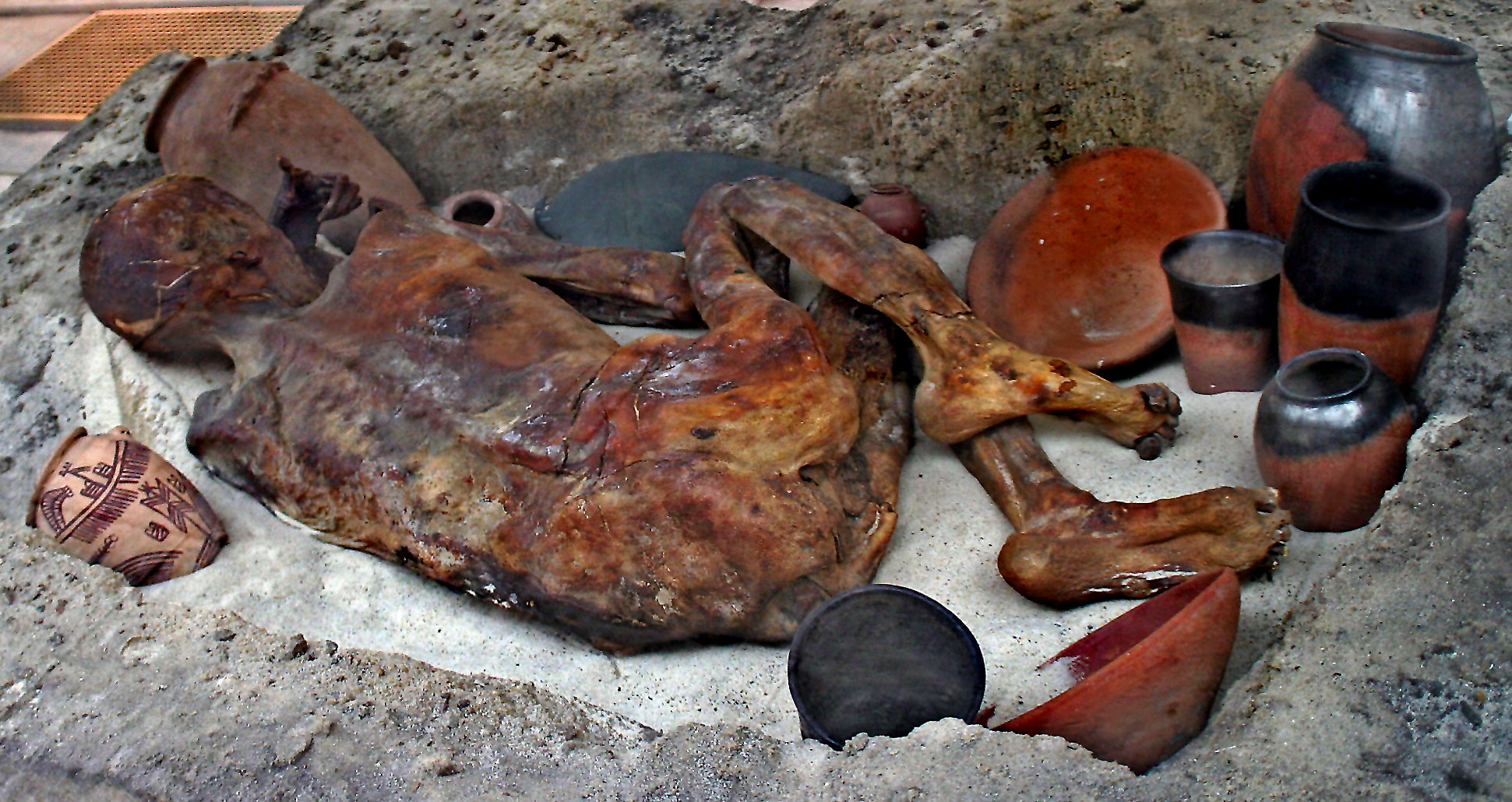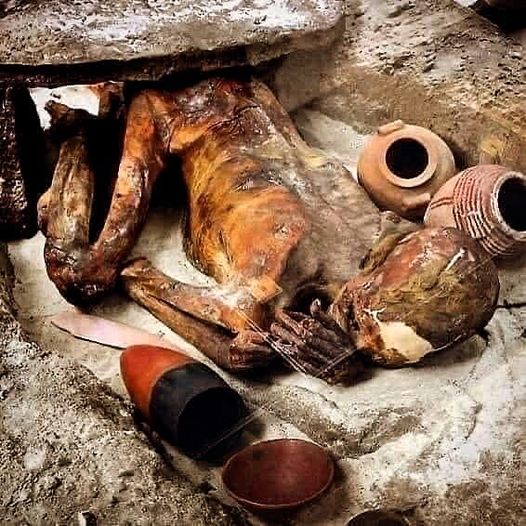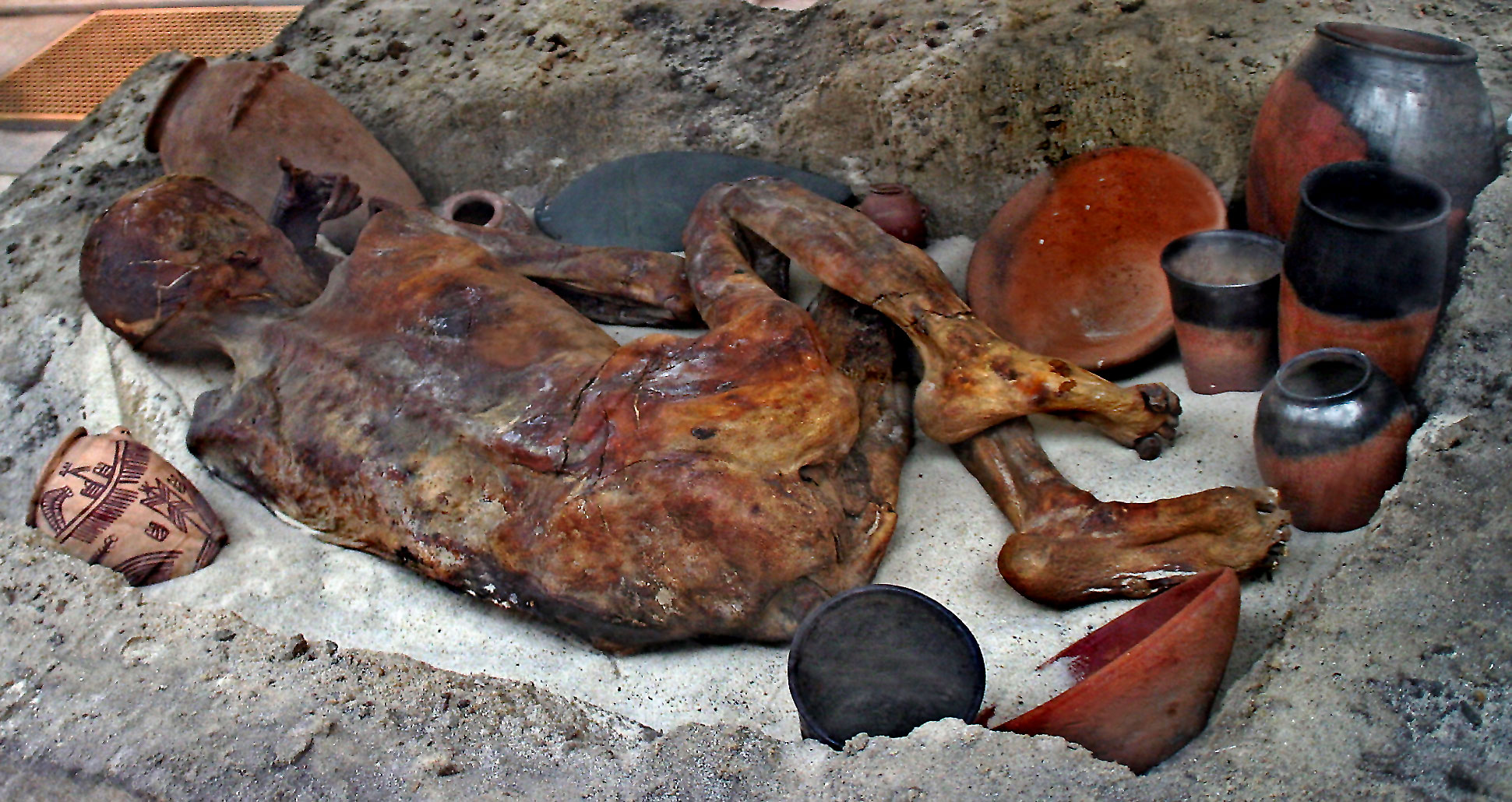The fascination with ancient Egypt often brings to mind monumental pyramids, enigmatic hieroglyphs, and the opulent tombs of pharaohs. However, among these iconic symbols of Egyptian antiquity, there lies a lesser-known but equally captivating relic: the “Ginger” mummy. This extraordinary mummy, dating back more than 5,500 years, holds the distinction of being the oldest known Egyptian mummy in existence. Its well-preserved state and intriguing history offer a unique glimpse into the practices, beliefs, and daily life of ancient Egypt’s earliest inhabitants.

#### The Discovery of the “Ginger” Mummy
The “Ginger” mummy was discovered in the late 19th century in the desert sands of Gebelein, a region located about 25 miles south of Thebes (modern-day Luxor). Unlike the more elaborate mummifications that were prevalent in later periods, the “Ginger” mummy is a natural mummy, meaning it was preserved by the arid desert environment rather than through the intentional embalming processes that became synonymous with Egyptian burial practices.

What sets the “Ginger” mummy apart from others is its remarkable state of preservation. The hot, dry sands of the desert effectively desiccated the body, preventing the decay that typically follows death. As a result, the mummy retains not only its skeletal structure but also much of its skin, hair, and even fingernails. The reddish-brown hair color of the mummy led to its nickname “Ginger,” a moniker that has stuck ever since its discovery.
#### The Historical Significance of the “Ginger” Mummy
The “Ginger” mummy dates back to around 3400 BCE, placing it in the Predynastic period of ancient Egypt, a time before the unification of Upper and Lower Egypt and the establishment of the first pharaonic dynasty. This era, known as the Naqada II period, was a time of significant cultural and technological development, as Egypt transitioned from small, agrarian communities to more complex, socially stratified societies.

The existence of the “Ginger” mummy offers invaluable insights into the burial practices and beliefs of this formative period in Egyptian history. Unlike the elaborate tombs of later periods, the burial of “Ginger” was simple and unadorned, consisting of a shallow grave dug into the desert sand. The body was placed in a fetal position, a common practice in Predynastic burials, which some scholars believe may have been symbolic of a return to the womb, signifying rebirth in the afterlife.
Accompanying the body in the grave were a few grave goods, including pottery and stone tools, which suggest that the individual was of some importance within their community. The simplicity of the burial, however, contrasts sharply with the elaborate funerary practices that would later define ancient Egyptian culture, highlighting the evolution of religious and cultural beliefs over time.
#### The Mummification Process and Its Evolution
The “Ginger” mummy provides a fascinating example of natural mummification, a process that occurred without the intervention of human hands. As Egyptologists have studied this mummy and others like it, they have gained a deeper understanding of how the harsh desert environment played a role in the preservation of bodies long before the development of artificial mummification techniques.
In later periods, the Egyptians perfected the art of mummification, developing sophisticated methods to preserve the body for the afterlife. This involved the removal of internal organs, the use of natron (a naturally occurring salt) to dry out the body, and the application of resin-soaked linen wrappings to protect the corpse. These practices were deeply rooted in the Egyptian belief in the afterlife, where preserving the body was essential for the deceased’s journey into the next world.
The “Ginger” mummy, however, predates these elaborate methods by several centuries. Its natural preservation serves as a poignant reminder of how ancient Egyptians’ burial practices evolved over time, reflecting changes in religious beliefs and technological advancements.
#### The “Ginger” Mummy’s Place in Modern Culture
Since its discovery, the “Ginger” mummy has captivated the imaginations of both scholars and the general public alike. It is currently housed in the British Museum, where it remains one of the institution’s most popular exhibits. Visitors from around the world come to marvel at this ancient relic, drawn not only by its age but also by its lifelike appearance, which offers a rare and tangible connection to a distant past.
The mummy’s reddish hair and well-preserved features have sparked numerous discussions and debates among researchers. Some have speculated about the identity and social status of “Ginger,” while others have focused on the scientific aspects of its preservation. The mummy has also inspired various artistic representations and has been featured in documentaries and books exploring the mysteries of ancient Egypt.
Beyond its cultural impact, the “Ginger” mummy continues to serve as a critical piece of evidence in the ongoing study of early Egyptian history. By examining this mummy and others like it, Egyptologists have been able to piece together a more comprehensive understanding of life in Predynastic Egypt, shedding light on the customs, diet, health, and even the possible causes of death of ancient Egyptians.
#### A Timeless Legacy
The “Ginger” mummy is more than just an archaeological artifact; it is a testament to the enduring legacy of ancient Egypt and its people. Over 5,500 years old, this mummy provides a unique window into a time long before the great pyramids were built, offering valuable insights into the origins of one of the world’s most fascinating civilizations.
As we continue to study and learn from the “Ginger” mummy, we are reminded of the fragility of life and the lengths to which humans have gone to preserve their legacy. This ancient individual, who lived and died thousands of years ago, has achieved a form of immortality, allowing us to glimpse into a world that has long since passed. The “Ginger” mummy stands as a silent witness to the passage of time, its presence a powerful reminder of the enduring human desire to be remembered and understood by future generations.

